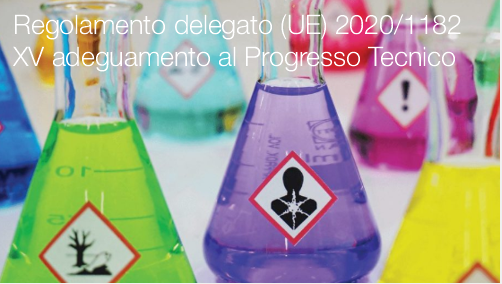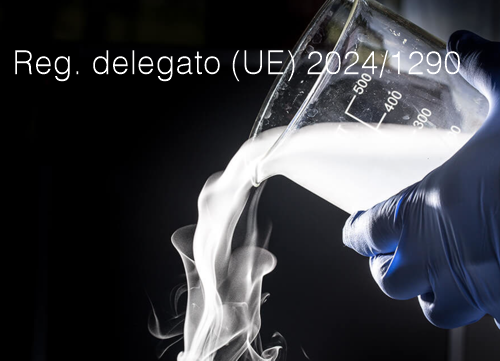Informazione tecnica HSE / 25 ° anno
/ Documenti disponibili:
45.641
/ Documenti scaricati: 34.673.889
/ Documenti scaricati: 34.673.889
ID 22753 | 18.10.2024 / Attached
The 2024 edition of Climate Change and Nuclear Power delves into the dynamics of financing nuclear projects to unlock much needed nuclear energy capacity as ambitious climate targets draw nearer. We explore the imperative for robust financial frameworks to propel the adoption of nuclear energy as a cornerstone of global decarbonization efforts.
Nuclear energy investment must increase from around US $50 billion per year during 2017–2023 to US $125 billion annually to meet the IAEA’s high case projection for nuclear capacity in 2050. Tripling the existing nuclear capacity would require more than $150 billion annually. To mobilize such capital, nuclear projects must prove bankability by mitigating financial risks.
Ensuring construction and cost predictability is pivotal to investor confidence. Nearly two thirds of the total cost per megawatt-hour from a nuclear power plant (NPP) can be attributed to construction and investment costs. With a construction duration of almost six years for the majority of large reactors, construction cost remains acutely sensitive to fluctuations in construction schedules and finance costs.
Commitment to multiple reactors transforms firstof-a-kind (FOAK) risks and challenges into investment opportunities to achieve construction time and cost predictability. The first large reactor projects built in countries after one or two decades are reported to have capital costs of around US $8 000–11 000 per kilowatt (excluding financing), or more. In comparison, countries with uninterrupted experience in nuclear new build projects are reported to have capital costs closer to US $2500–5000/kW.
While government involvement remains crucial for managing certain risks, private sector financial involvement is becoming increasingly viable for nuclear energy projects. Financial mechanisms such as green bonds and loans, coupled with guarantees, offer tools for risk mitigation and broader investor participation. Including nuclear power in sustainable taxonomies could further catalyse commercial bank involvement, with multilateral development banks potentially playing a supportive role, particularly in developing countries with nascent financial markets.
Small modular reactor (SMR) developers promise economies of volume to lower initial capital costs and reduced construction risks alongside the potential for diversified revenue streams. While no current SMR project offers a realistic view into the cost of SMRs in serial production, collaborative efforts among the nuclear industry, policy makers and regulators are needed to clear the path for the significant rollout of SMRs.
Multifaceted approaches that include policy reforms and international partnerships are imperative to bridge the financing gap and accelerate the clean energy transition in emerging markets and developing economies (EMDEs). Robust regulatory frameworks, new delivery models (especially for SMRs), skilled labor development and comprehensive stakeholder engagement strategies could unlock new avenues for sustainable energy investments towards development goals.
This evolving landscape hints at a potential shift towards broader acceptance and support for nuclear energy financing, bolstered by innovative financial mechanisms and a growing recognition of nuclear’s crucial role in achieving global climate targets.
IAEA 2024

Regolamento delegato (UE) 2020/1182 della Commissione del 19 maggio 2020 recante modifica, ai fini dell’adeguamento al progress...

ID 21805 | 06.05.2024
Regolamento delegato (UE) 2024/1290 della Commissione, del 29 febbr...

REACH Authorisation Decisions List of authorisation decisions adopted on the basis of Article 64 of Regulation (EC) No 1907/2006 (REACH). T...
Testata editoriale iscritta al n. 22/2024 del registro periodici della cancelleria del Tribunale di Perugia in data 19.11.2024